Before embarking on any structural changes, it is most important to understand that the sound isolation between two homes is not determinedonlyby the common wall or floor. All the other parts of the construction - side walls, ceilings, floors under walls - can transmit sound.Flanking sound transmission(见下文),因为这被称为,可以是非常重要的一点,它主导了组合的声音传输。如果出现这种情况,改善普通墙壁或地板可能不会显著改变组合的隔音效果。
One tenant acting alone might improve the structure, but co-operation from the neighbour is usually very useful. Although repairs are sometimes minor, extra construction could require some fairly drastic and quite expensive changes.
No construction ever completely stops sound. All that can be done is to reduce the level of the transmitted sound to the point that it no longer disturbs you, the listener, because it is masked by the naturally occurring sound in your own home.
你在家里听到的噪音大小取决于你邻居发出的噪音大小、建筑物的声音传播特性以及你自己家里的背景噪音水平。这三个因素都很重要。For example:
- 一个安静的邻居可能会让你觉得你有很好的隔音效果;a noisy neighbour may make you think you have bad sound isolation;
- if you live in a very quiet home, you may be disturbed by almost every sound even though the sound isolation is very good;
- 如果你自己的收音机或电视经常播放,你可能听不到你的邻居(但他可能听到你!!)
- Finally, the degree of annoyance is a personal reaction and some people are more easily annoyed than others.
Flanking sound transmission:
One of the most important things to understand about sound isolation in a building is that the sound isolation between two homes is not determinedonlyby the common wall or floor. All the other parts of the construction can transmit sound.
In the diagram below, aDindicatesdirectsound - sound coming through the common wall or floor. AnFindicatesflankingsound - sound traveling along parts of the building other than the common wall or floor. These are just some of the paths sound can take. They all combine to determine the total sound isolation between apartments.
 |
|
Direct and flanking sound transmission |
Flanking sound transmission can be very important, to the point that it dominates the combined sound transmission. If this happens, improving the common wall or floor may not significantly change the combined sound isolation.
In complicated situations, it may be worth hiring an acoustical consultant to advise on the best way to improve the sound isolation between homes.
When sound transmission is measured in a laboratory, there is, in principle, negligible transmission of sound energy along paths other than the direct path through the specimen. So laboratory STC values(Sound Transmission Class)表示一个建筑结构所能提供的最大隔声值。
During the design of a building, all possible flanking paths must be considered and steps taken to minimize their effect. Otherwise, the net sound isolation can be much less than that expected from laboratory testing.
由于墙壁和地板之间的连接处设计良好,并使用浮动地板和弹性支撑的墙壁和天花板表面,侧面可以减少,因此在现场测量的隔音等级接近于在实验室获得的隔音等级。
Dr. Alf Warnock holds a B.Sc. in Natural Philosophy (Physics) from the University of Glasgow (1963) and a Ph.D in Plasma Physics from the University of Strathclyde (1967). He is a retired Principal Research Officer from the Indoor Environment Program at the Institute for Research in Construction (IRC) of the National Research Council Canada (NRCC).


















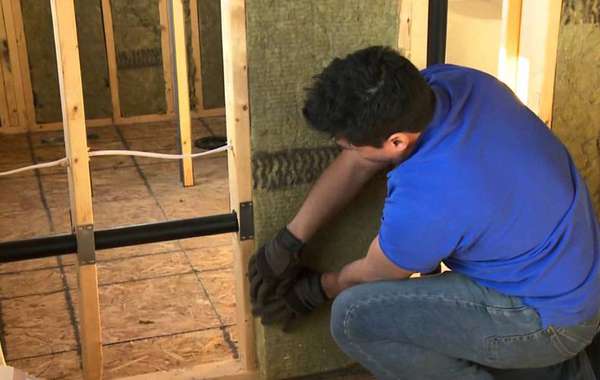
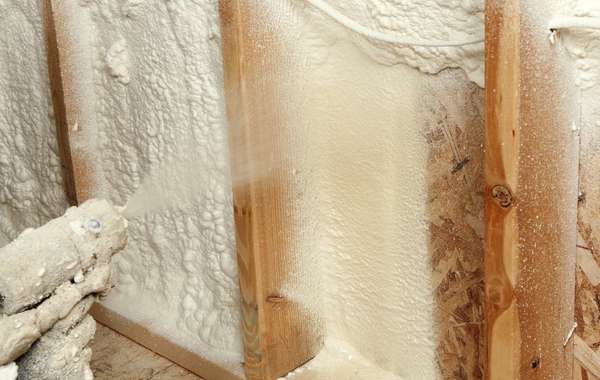
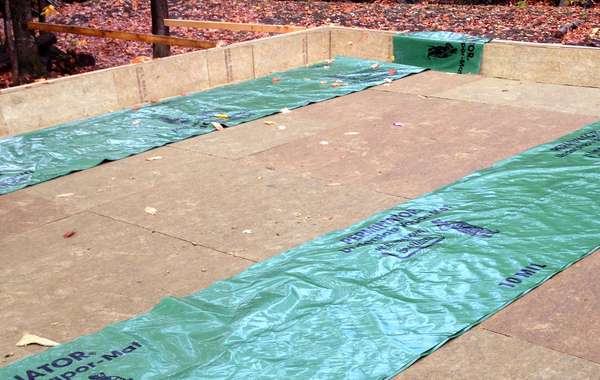
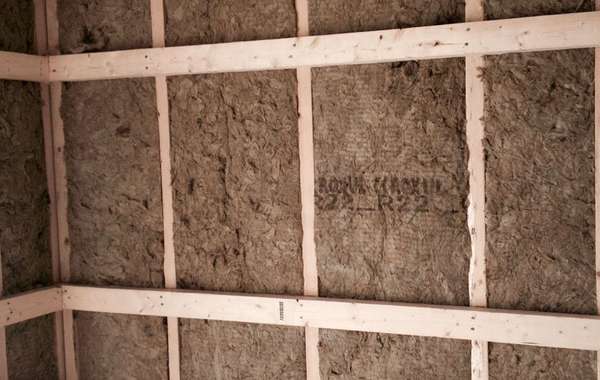
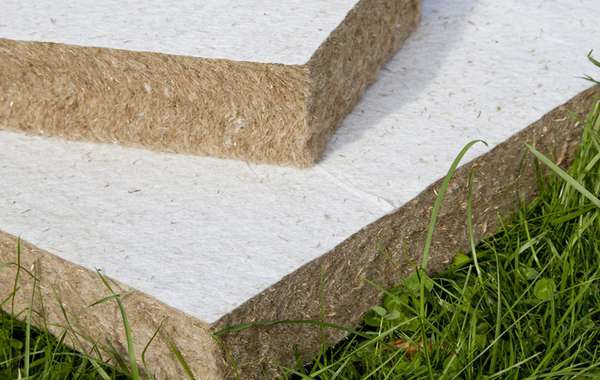
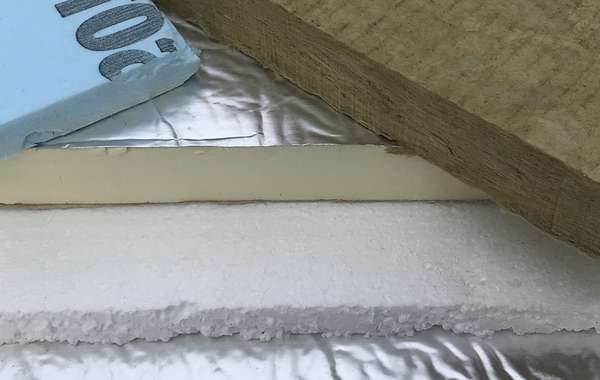
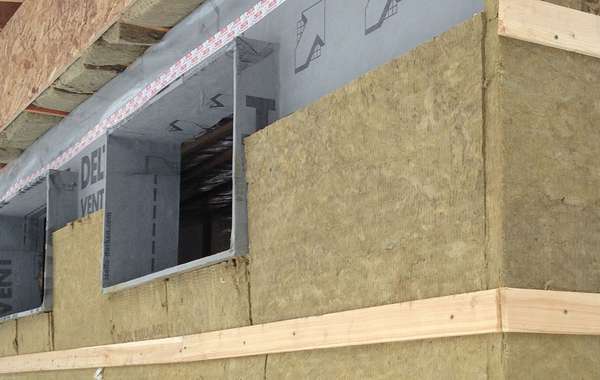
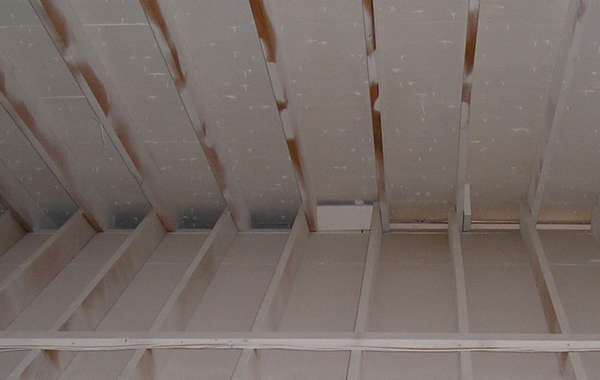
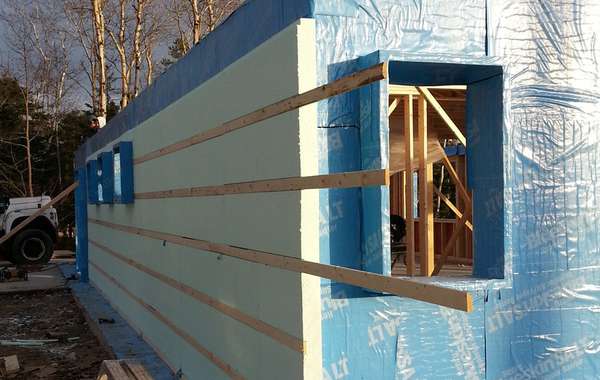
Comments (0)
Sign Up to Comment